Analysis & Quantification Software
This is a list of analysis and quantification software.
Assessment of measurement precision in single-voxel spectroscopy at 7 T
Code from the Paper: Assessment of Measurement Precision in Single Voxel Spectroscopy at 7 T: Towards Minimal Detectable Changes of Metabolite Concentrations in the Human Brain In-Vivo, Magn. Reson. Med. 87:1119-1135 (2022); DOI 10.1002/mrm.29034
| Assessment of measurement precision in single-voxel spectroscopy at 7 T | |
|---|---|
| Developer | Layla Tabea Riemann, M.Sc. (Physikalisch-Technische Bundesanstalt, PTB) |
| Language | Python, R |
| License | CC BY-NC-SA 4.0 |
| Credit | Please cite the following publication if you use this code: L.T.Riemann, C.S.Aigner, S.L.R.Ellison, R.Brühl, R.Mekle, S.Schmitter, O.Speck, G.Rose, B.Ittermann, A.Fillmer; Assessment of Measurement Precision in Single Voxel Spectroscopy at 7 T: Towards Minimal Detectable Changes of Metabolite Concentrations in the Human Brain In-Vivo, Magn. Reson. Med. 87:1119-1135 (2022) |
CloudBrain-MRS
CloudBrain-MRS is a cloud-based computational platform for MRS data. The platform deploys the mainstream quantification tool LCModel and advanced deep learning denoising and quantification algorithms. The platform has been developed with a module for the statistical analysis of biomarkers. Users can batch preprocess and quantitative analysis MRS data with only one browser. The platform has been developed with a range of visualization techniques to provide a user-friendly interface.
| CloudBrain-MRS | |
|---|---|
| Developer | Jiayu Li, Xiaodie Chen, Dicheng Chen, Yirong Zhou, Zhangren Tu, Meijin Lin, Xiaobo Qu |
| Language | Python, JavaScript |
| License | BSD3 |
| Credit | Please reference the following publication if you use CloudBrain-MRS: X. Chen et al., “CloudBrain-MRS: An intelligent cloud computing platform for in vivo magnetic resonance spectroscopy preprocessing, quantification, and analysis,” arXiv:2306.11021, 2023. D. Chen et al., “Magnetic resonance spectroscopy deep learning denoising using few in vivo data,” IEEE Trans. Comput. Imaging, vol. 9, pp. 448-458, 2023. D. Chen et al., “Magnetic resonance spectroscopy quantification aided by deep estimations of imperfection factors and overall macromolecular signal,” arXiv:2306.09681, 2023. |
Wat_Lip_Removal_L2
Water and lipid signal removal in MRSI by L2 regularization
| Wat_Lip_Removal_L2 | |
|---|---|
| Developer | Liangjie Lin |
| Language | MATLAB |
| License | BSD3 |
| Credit | Please cite the publication mentioned below if you use Wat_Lip_Removal_L2. |
FID-A
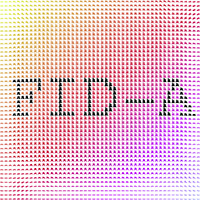
The FID Appliance (FID-A) is an open-source software package for simulation of MRS experiments, design and analysis of radiofrequency (RF) pulses, and processing of MRS data.
| FID-A | |
|---|---|
| Developer | Jamie Near |
| Language | MATLAB |
| License | open-source |
| Credit | |
FSL-MRS

FSL-MRS is a collection of python modules and wrapper scripts for pre-processing and model fitting of Magnetic Resonance Spectroscopy (MRS) and Spectroscopic Imaging (MRSI) data.
| FSL-MRS | |
|---|---|
| Developer | William Clarke and Saad Jbabdi |
| Language | Python |
| License | FSL License https://fsl.fmrib.ox.ac.uk/fsl/fslwiki/Licence |
| Credit | If you use FSL-MRS in your research please cite the publication below. |
Gannet
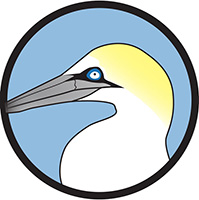
Open-source, MATLAB-based software for automated data processing and quantification of edited magnetic resonance spectroscopy (MRS) data.
| Gannet | |
|---|---|
| Developer | Richard Edden, Mark Mikkelsen, Georg Oeltzschner, Sofie Tapper, Muhammad Saleh, C. John Evans, Ashley Harris, Nicolaas Puts |
| Language | MATLAB |
| License | open-source |
| Credit | Should you publish material that made use of Gannet, please cite the publications listed under https://github.com/richardedden/gannet3.1#license. |
INSPECTOR
Toolbox to process, analyse and visualize MRS data.
| INSPECTOR | |
|---|---|
| Developer | Christoph Juchem |
| Language | MATLAB |
| License | Closed-source, limited-term academic license |
| Credit | |
IRIS-MRS-AI
IRIS-MRS-AI: Machine learning powered data analysis tool. IRIS-MRS-AI has 2 parts; i-Built-in models for classifying IDH and TERTp mutations in gliomas using 1H- MRS/MS data. ii- Users can create their own models using their own data (independent from the field).
| IRIS-MRS-AI | |
|---|---|
| Developer | Abdullah BAŞ |
| Language | MATLAB |
| License | MIT |
| Credit | Please cite the following publication if you use IRIS-MRS-AI: Bas A, Sacli-Bilmez B, Hatay GH, Ozcan A, Levi C, Danyeli AE, Can O, Yakicier C, Pamir MN, Ozduman K, Dincer A, Ozturk-Isik E. Glioma Genetic Diagnosis Software for Detection of IDH and TERTp Mutations based on 1H MR Spectroscopy and Mass Spectrometry. International Society for Magnetic Resonance in Medicine. Vancouver, Canada May 15-20, 2021 (Digital Poster) |
jMRUI
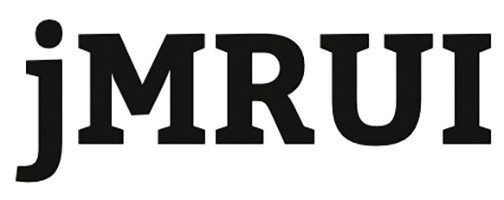
jMRUI is a software package for advanced time-domain analysis of magnetic resonance spectroscopy (MRS) and spectroscopic imaging (MRSI) data.
| jMRUI | |
|---|---|
| Developer | MRUI consortium (http://www.jmrui.eu/about/coordinator-developers/) |
| Language | Java |
| License | Closed-source proprietary free for non-commercial use (http://www.jmrui.eu/license-and-download/jmrui-license/) |
| Credit | |
LCModel
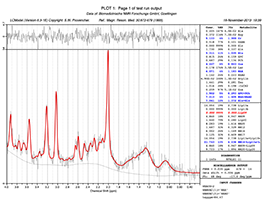
Automatic quantification of in vivo proton MR spectra.
| LCModel | |
|---|---|
| Developer | Stephen Provencher |
| Language | Fortran (compiled) |
| License | Commercial product (http://lcmodel.ca/lcm-license.shtml) |
| Credit | |
MRS4Brain
The MRS4Brain Toolbox is developed by MRS4Brain research group @ CIBM Pre-Clinical Imaging EPFL and was designed to offer advanced functionalities for Bruker preclinical MRSI data, encompassing preprocessing, fitting, quantification, semi-automatic quality control, co-registration and segmentation of metabolic maps using anatomical images, all conveniently integrated within a single open-source graphical user interface (GUI). The development of this user-friendly toolbox aims to streamline the processing workflow and enhance the accessibility of MRSI for researchers in the preclinical field. The MRS4Brain Toolbox is written in MATLAB 2023 or later (MathWorks, USA) and encompasses three distinct spectroscopy modalities (MRSI, single voxel MRS, dMRS), with our primary focus directed towards MRSI.
| MRS4Brain | |
|---|---|
| Developer | Brayan Alves, Guillaume Briand, Jessie Mosso, Thanh Phong Lê, Tan Toi Phan |
| Language | MATLAB |
| License | EPFL Non-Commercial License Agreement |
| Credit | Should you publish material that made use of MRS4Brain toolbox, please cite the following publications: 1) Fast high-resolution metabolite mapping in the rat brain using 1 H-FID-MRSI at 14.1T, Dunja Simicic, Brayan Alves, Jessie Mosso, Guillaume Briand, Thanh Phong Lê, Ruud B. van Heeswijk, Jana Starčuková, Bernard Lanz, Antoine Klauser, Bernhard Strasser, Wolfgang Bogner, Cristina Cudalbu, published in NMR in Biomedicine : DOI: 10.1002/nbm.5304; 2) Noise-reduction techniques for 1H-FID-MRSI at 14.1T: Monte-Carlo validation & in vivo application, Brayan Alves, Dunja Simicic, Jessie Mosso, Thanh Phong Lê, Guillaume Briand, Wolfgang Bogner, Bernard Lanz, Bernhard Strasser, Antoine Klauser, Cristina Cudalbu, published in NMR in Biomedicine : DOI: 10.1002/nbm.5211 |
MRSpa
Magnetic Resonance spectral processing and analysis (MRspa) is a spectral post-processing and analysis package that runs under MATLAB.
| MRSpa | |
|---|---|
| Developer | Dinesh Deelchand |
| Language | MATLAB |
| License | closed-source |
| Credit | |
Oryx-MRSI
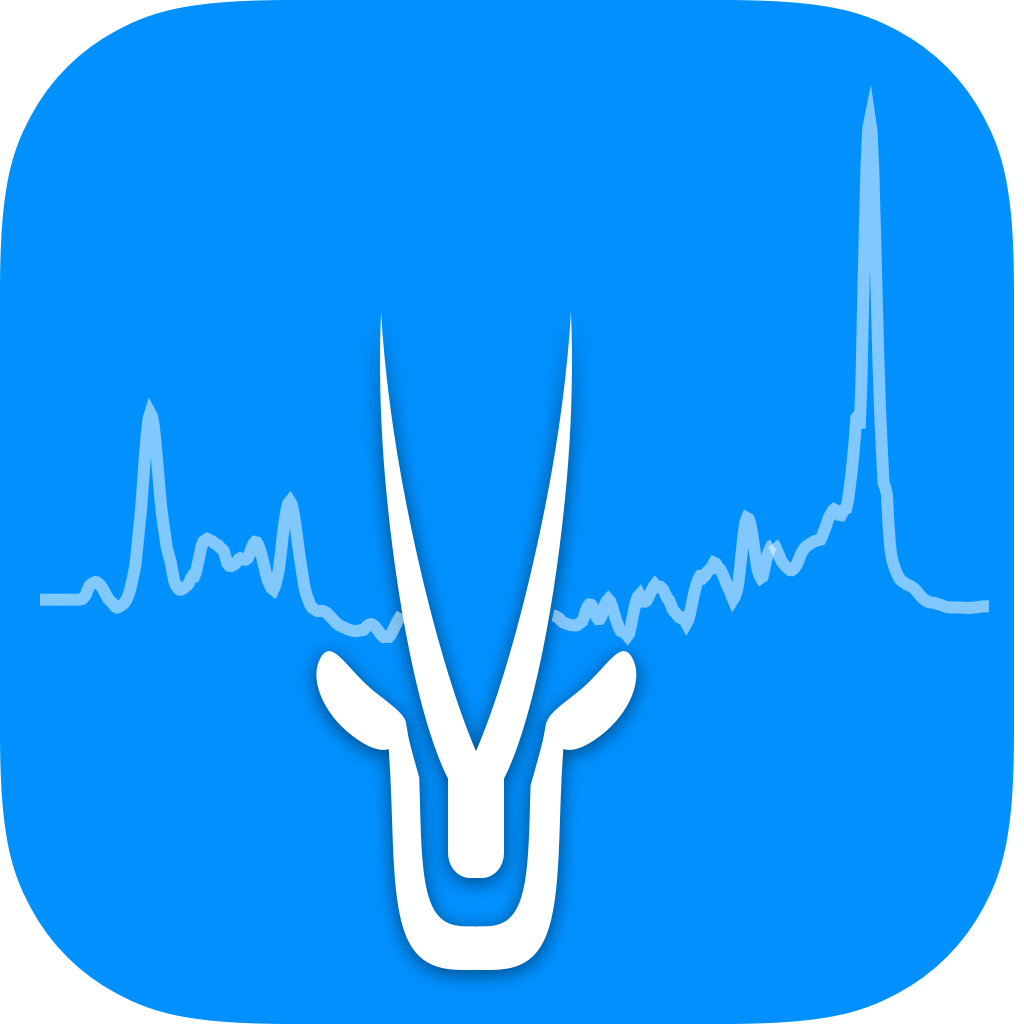
ORYX-MRSI: A data analysis software for multi-slice 1H-MRSI
| Oryx-MRSI | |
|---|---|
| Developer | Sevim Cengiz |
| Language | MATLAB |
| License | MIT |
| Credit | Please cite the following publication if you use Oryx-MRSI: Cengiz S, Yildirim M, Bas A, Ozturk-Isik E. ORYX-MRSI: A data analysis software for multi-slice 1H-MRSI. International Society for Magnetic Resonance in Medicine. Virtual Meeting, May 15-20, 2021 (Digital Poster) |
Osprey
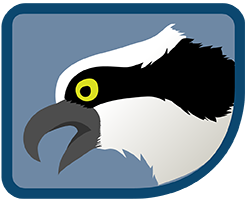
Osprey is an all-in-one open-source software suite for state-of-the art processing, quantitative analysis, and visualization of in-vivo magnetic resonance spectroscopy (MRS) data.
| Osprey | |
|---|---|
| Developer | Georg Oeltzschner, Helge J Zöllner, Richard AE Edden |
| Language | MATLAB |
| License | MIT |
| Credit | Should you publish material that made use of Osprey, please cite the publication below. |
OXSA
Open-source library with functions for processing and fitting MRS data.
| OXSA | |
|---|---|
| Developer | Lucian Purvis, Christopher Rodgers |
| Language | MATLAB |
| License | Non-commercial use, https://github.com/OXSAtoolbox/OXSA/blob/master/LICENSE.txt |
| Credit | If you use this software in an academic publication, please reference the publications mentioned under https://github.com/OXSAtoolbox/OXSA#oxsa-oxford-spectroscopy-analysis-toolbox. |
PASTIS
PASTIS can be used to process and quantify single-voxel MRS data. It can also simulate data using various sequences, B0 fields and nuclei. It was originally developed to reconstruct, process and quantify spinal cord MRS data at 7T. PASTIS relies a lot on the suspect package.
| PASTIS | |
|---|---|
| Developer | Tangi Roussel |
| Language | Python 3 |
| License | BSD-3 |
| Credit | Please cite the publication mentioned below if you use PASTIS. |
PyAMARES
PyAMARES is an open-source Python implementation of AMARES (Advanced Method for Accurate, Robust, and Efficient Spectral Fitting) for quantifying magnetic resonance spectroscopy (MRS) data. The software features an intuitive spreadsheet-based (Excel) interface for managing prior knowledge and fitting parameters, making it easy to fix or fit any spectral parameters. PyAMARES integrates seamlessly with the Python ecosystem and can function as either a standalone program or a third-party library. Beyond traditional AMARES capabilities, the software offers advanced features including fitting without prior knowledge using HSVD initialization, multiprocessing for efficient batch analysis, and frequency-selective fitting. Comprehensive documentation and step-by-step tutorials are available at pyamares.readthedocs.io. The tutorials are provided as Jupyter notebooks, which can be run directly in web browsers through platforms like Google Colab, allowing users to explore pyAMARES without local installation. Documentation at https://pyamares.readthedocs.io/
| PyAMARES | |
|---|---|
| Developer | Jia Xu, PhD |
| Language | Python |
| License | BSD3 |
| Credit | Please cite the publication mentioned below if you use pyAMARES: Xu J, Vaeggemose M, Schulte RF, Yang B, Lee CY, Laustsen C, Magnotta VA. PyAMARES, an Open-Source Python Library for Fitting Magnetic Resonance Spectroscopy Data. Diagnostics. 2024;14(23):2668. |
QMRITools

QMRITools is written in Mathematica using Wolfram Workbench and Eclipse and contains a collection of tools and functions for processing quantitative MRI data. The software tools for spectroscopy are mostly focussed on 31P CSI analysis but do not exclude other nuclei and/or acquistion methods. The basic features include methods for manipulating and processing spectra (including PCA denoising and deconvolution), generation of basis spectra using j-coupling simulations and fitting of basis spectra to the spectra.
| QMRITools | |
|---|---|
| Developer | Martijn Froeling, PhD |
| Language | Mathematica |
| License | BSD-3 |
| Credit | Please cite the publication mentioned below if you use QMRITools. A publication on the spectro specific tools is in preparation. |
Author Website Publication Publication 2 Publication 3
SIVIC
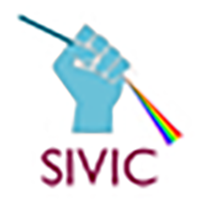
SIVIC is an open-source, standards-based software framework and application suite for processing and visualizing DICOM MR Spectroscopy data.
| SIVIC | |
|---|---|
| Developer | Nelson Lab, UCSF |
| Language | C++ |
| License | Open-source, https://github.com/SIVICLab/sivic/blob/master/LICENSE |
| Credit | |
SMAL
The Stanford CNI MRS Library (SMAL) provides algorithms and methods to read and analyze data from Magnetic Resonance Spectroscopy (MRS) experiments. It provides an API for fitting models of the spectral line-widths of several different molecular species, and quantify their relative abundance in human brain tissue
| SMAL | |
|---|---|
| Developer | Ariel Rokem, PhD |
| Language | Python |
| License | BSD3 |
| Credit | |
spant
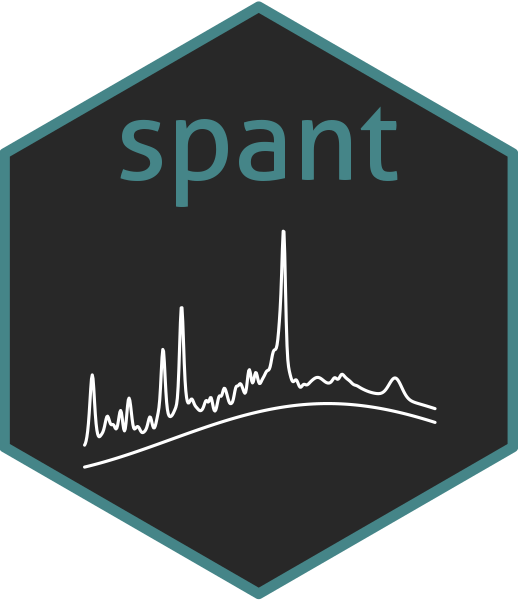
spant (Spectroscopy Analysis Tools) provides a full suite of tools to build automated analysis pipelines for Magnetic Resonance Spectroscopy (MRS) data.
| spant | |
|---|---|
| Developer | Martin Wilson |
| Language | R |
| License | Open-source |
| Credit | |
Tarquin

Open-source GUI to process and fit MRS data.
| Tarquin | |
|---|---|
| Developer | Martin Wilson |
| Language | C++ |
| License | GPL |
| Credit | |
Vespa
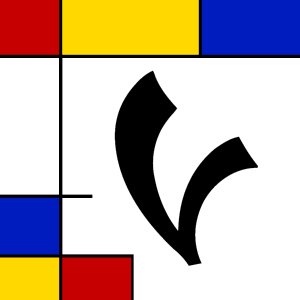
The open source Vespa suite contains four magnetic resonance (MR) spectroscopy software applications: RFPulse (for RF pulse design), Simulation (for spectral simulation), DataSim (for creating synthetic MRS data) and Analysis (for spectral data processing and analysis).
| Vespa | |
|---|---|
| Developer | Brian J. Soher |
| Language | Python |
| License | BSD-3 |
| Credit | Please reference the following publication if you use this software: Soher BJ et.al. Vespa: Integrated applications for RF pulse design, spectral simulation and MRS data analysis. 19th Meeting ISMRM, Montreal 2011 |